Top Moments
1930s
Rebounding from Ruin
The two living founders, Drs. Crile and Lower, were unshaken in their mission after the 1929 explosion and pooled their own resources to rebuild. Although the Great Depression forced staff pay cuts, all employees kept their jobs. As the decade ended, Cleveland Clinic emerged stronger than ever, with a rapidly growing employee base and an expanding campus.

Rebuilding from rubble
Symbolizing Cleveland Clinic’s renewal, a new outpatient clinic opens in 1931 beside the original clinic where the explosion occurred.
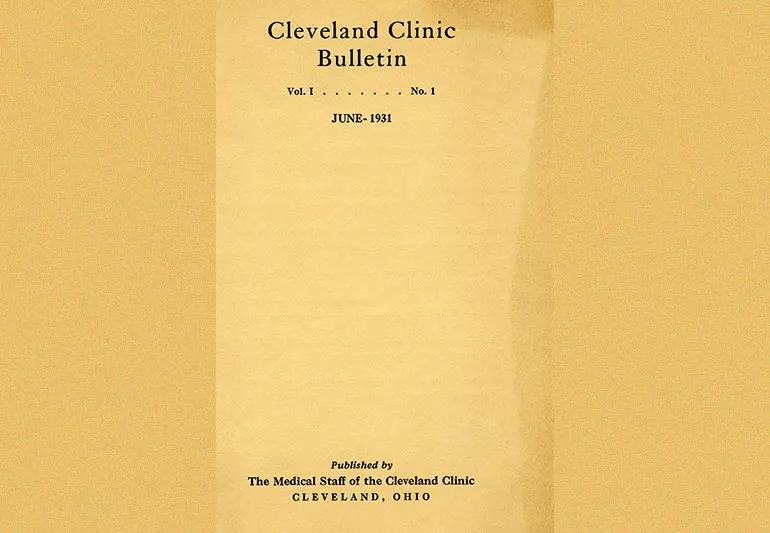
In 1931, the Cleveland Clinic Bulletin (now the Cleveland Clinic Journal of Medicine) begins.
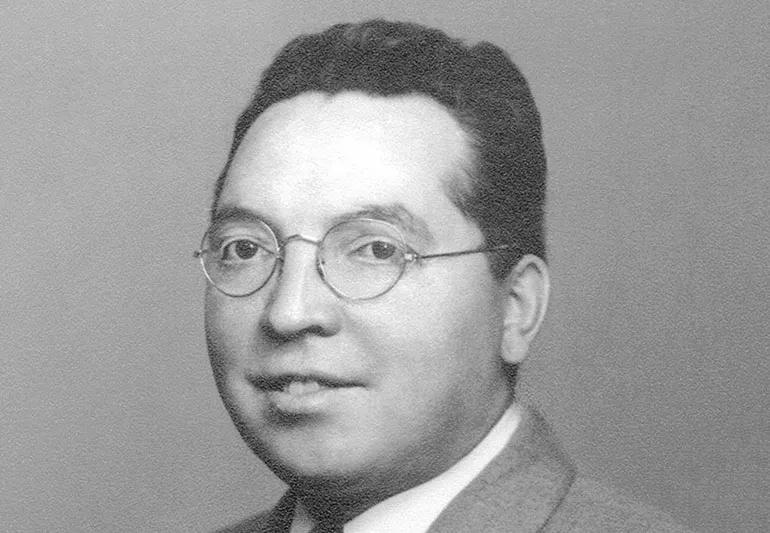
Roy McCullagh, PhD, researches cholesterol-lowering drugs called “inhibins,” laying the groundwork for statin research.
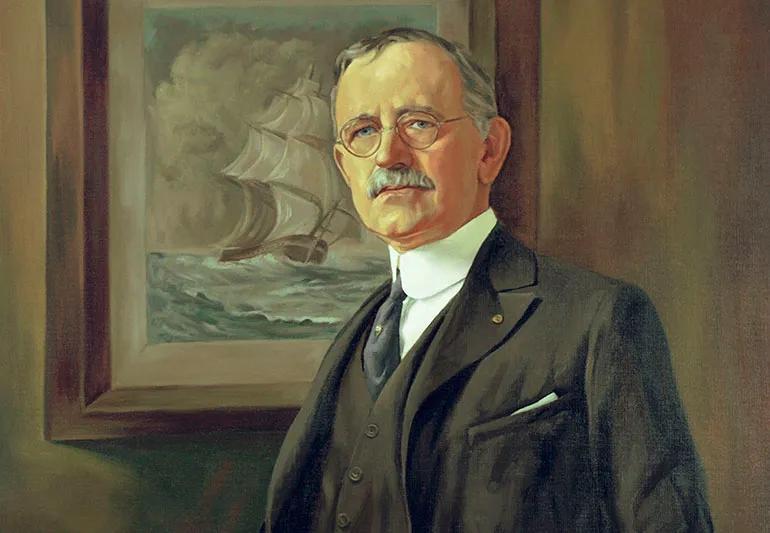
Bunts Institute established
Bunts Institute, later called the Cleveland Clinic Educational Foundation, is established in 1935.
In 1936, Cleveland Clinic begins providing hospitalization insurance for employees.
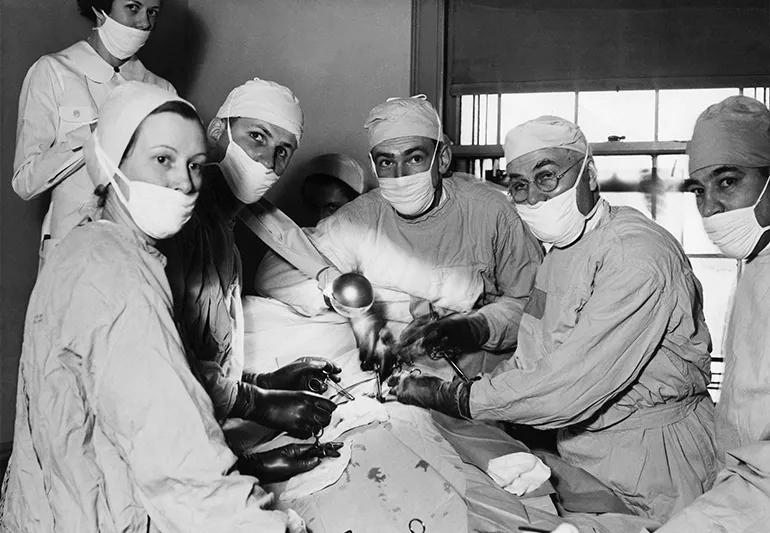
A surgical landmark
In 1936, George Crile, Sr., MD, completed his landmark 25,000th thyroid operation. Dr. Crile developed an innovative technique to perform thyroidectomies rapidly with good outcomes. Ohio was part of the “goiter belt” before the iodization of salt, and thyroid removal was the mainstay of the Clinic’s practice throughout the 1930s.
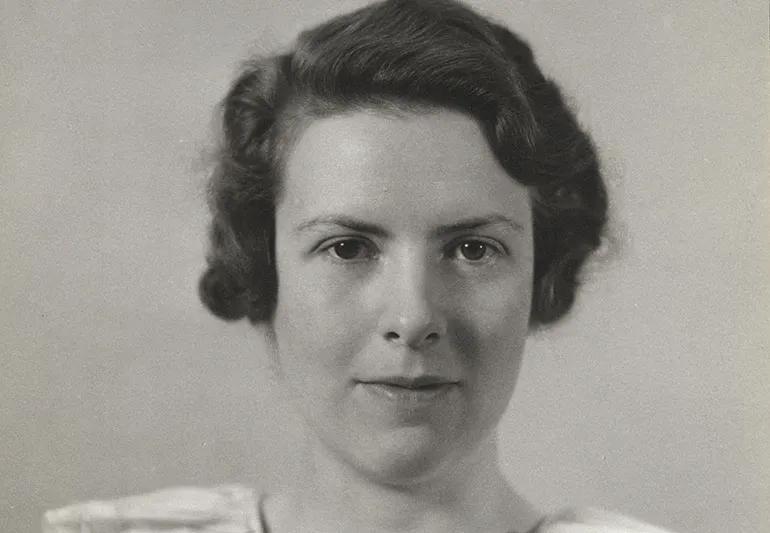
Miriam Eubank, MD, Cleveland Clinic’s first female resident, had a long successful career as an ophthalmologist.
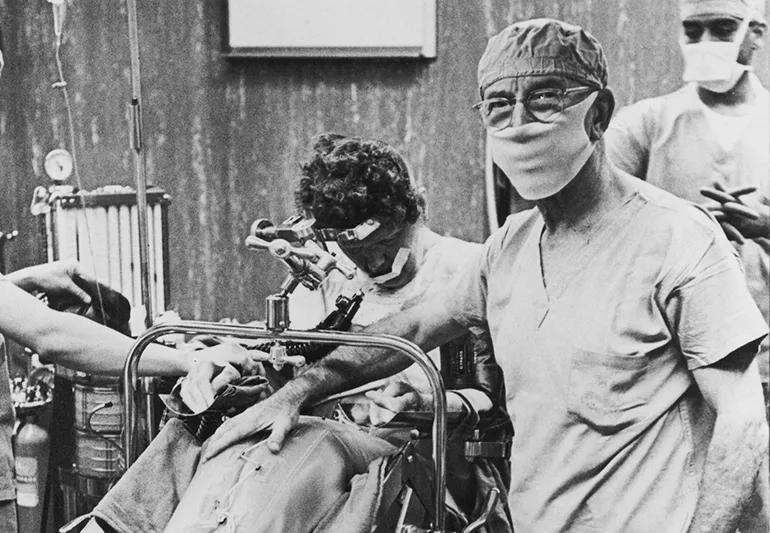
W. James Gardner, MD pioneered many treatments, including arterial hypotension for intracranial surgery, lumbar discography, vascular decompression for hemifacial spasm and trigeminal neuralgia and the use of steroids for sciatica.